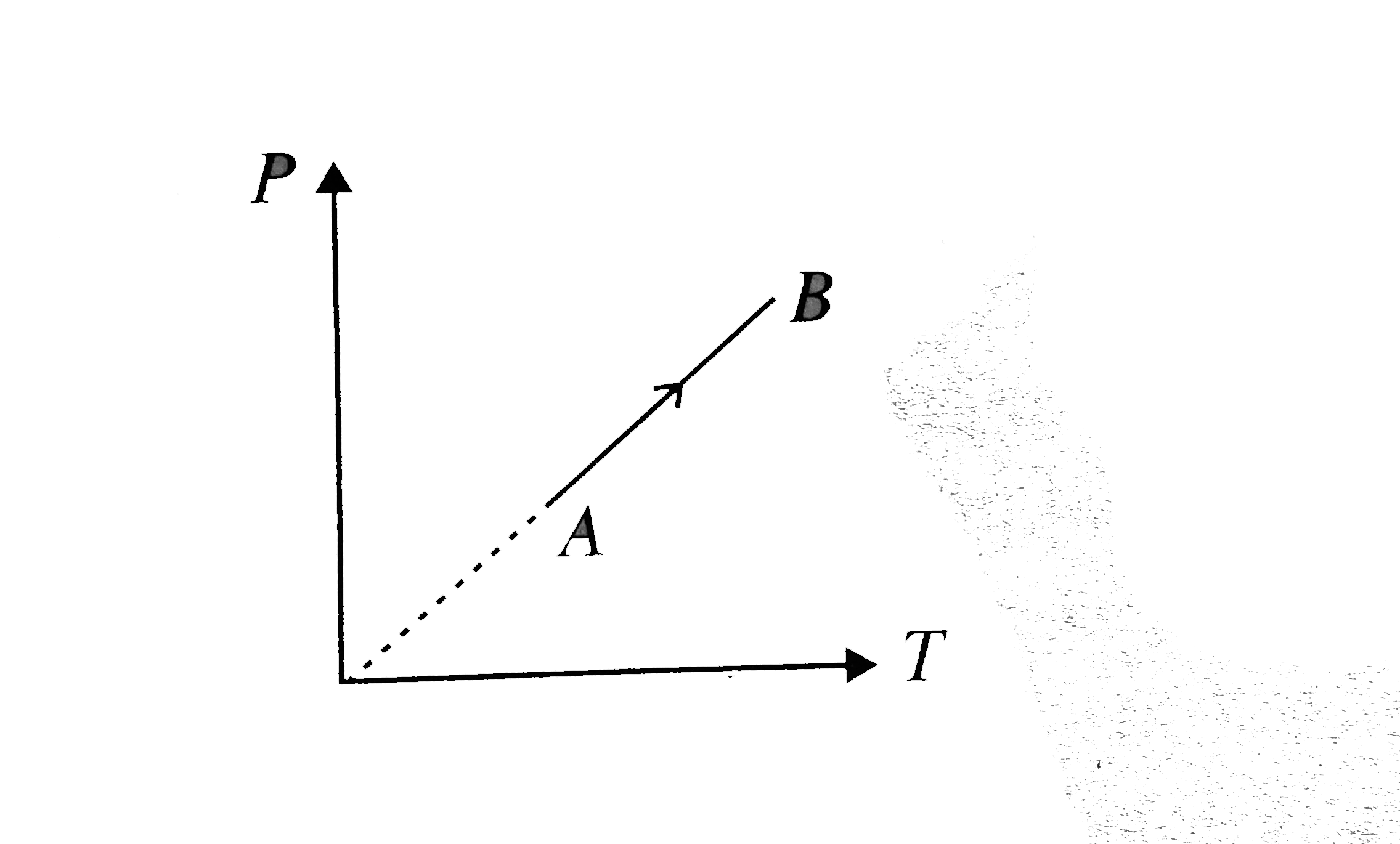Assertion (A): The Joules -Thomon coefficient for an ideal gas is zero.
Reason (R ) : There are no intermlecular attactive forces in an ideal gas.
If both (A) and (R ) are correct, and (R ) is the correct explanation for (A).
If the both (A) and (R ) are correct, but(R ) is not a correct explanation for (A).
If (A) is correct, but (R ) is incorrect.
If (A) is incorrect, but (R ) is correct.
To solve the assertion-reason question, we will analyze both the assertion (A) and the reason (R) step by step.
Step 1: Understanding the Assertion (A)
The assertion states that the Joule-Thomson coefficient for an ideal gas is zero.
- Joule-Thomson Effect: This effect describes the change in temperature of a gas when it expands adiabatically (without heat exchange) through a valve or porous plug from a region of high pressure to a region of low pressure.
- For an ideal gas, during this expansion, there is no change in temperature, hence the Joule-Thomson coefficient is indeed zero.
Step 2: Understanding the Reason (R)
The reason states that there are no intermolecular attractive forces in an ideal gas.
- Ideal Gas Assumption: An ideal gas is defined as a gas that perfectly follows the ideal gas law (PV=nRT) and does not exhibit any intermolecular forces. This means that the molecules do not attract or repel each other, which is a key assumption in the kinetic molecular theory.
- Since there are no intermolecular forces, there is no energy required to overcome these forces during the expansion, which supports the assertion that the Joule-Thomson coefficient is zero.
Step 3: Analyzing the Relationship Between A and R
While both the assertion and the reason are correct, they are not directly related to each other. The assertion is true based on the definition of the Joule-Thomson effect for ideal gases, and the reason is true based on the properties of ideal gases. However, the reason does not explain why the Joule-Thomson coefficient is zero.
Conclusion
- Assertion (A): True
- Reason (R): True
- Relationship: The reason is not the correct explanation for the assertion.
Thus, the correct answer to the question is that both the assertion and reason are correct, but the reason is not the correct explanation for the assertion.
Final Answer
The correct option for the question is Option B: Both A and R are correct, but R is not the correct explanation for A.
---
The assertion states that the Joule-Thomson coefficient for an ideal gas is zero.
- For an ideal gas, during this expansion, there is no change in temperature, hence the Joule-Thomson coefficient is indeed zero.
The reason states that there are no intermolecular attractive forces in an ideal gas.
- Since there are no intermolecular forces, there is no energy required to overcome these forces during the expansion, which supports the assertion that the Joule-Thomson coefficient is zero.
While both the assertion and the reason are correct, they are not directly related to each other. The assertion is true based on the definition of the Joule-Thomson effect for ideal gases, and the reason is true based on the properties of ideal gases. However, the reason does not explain why the Joule-Thomson coefficient is zero.
- Assertion (A): True
- Reason (R): True
- Relationship: The reason is not the correct explanation for the assertion.
The correct option for the question is Option B: Both A and R are correct, but R is not the correct explanation for A.
Topper's Solved these Questions
- THERMODYNAMICSBook:CENGAGE CHEMISTRY ENGLISHChapter:THERMODYNAMICSExercise:Exercises (Interger)
Explore 10 Videos
- THERMODYNAMICSBook:CENGAGE CHEMISTRY ENGLISHChapter:THERMODYNAMICSExercise:Exercises (Fill In The Blanks)
Explore 52 Videos
- THERMODYNAMICSBook:CENGAGE CHEMISTRY ENGLISHChapter:THERMODYNAMICSExercise:Exercises (Single Correct)
Explore 62 Videos
- STOICHIOMETRYBook:CENGAGE CHEMISTRY ENGLISHChapter:STOICHIOMETRYExercise:Archives Subjective
Explore 33 Videos
Similar Questions
The energy of an ideal gas is
View SolutionWhat is an ideal gas?
View SolutionThe molar heat capacity for an ideal gas
View Solutionisothermal elasticity of an ideal gas is
View SolutionDuring the process AB of an ideal gas

View SolutionDuring the process AB of an ideal gas

View SolutionAn ideal gas is that which
View SolutionZ for ideal gas is...........
View SolutionIn case of an ideal gas, Joule Thomson coefficient is -
View SolutionA gas behaves as an ideal gas at
View Solution